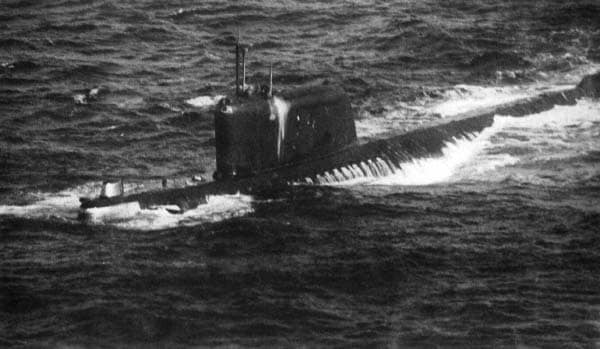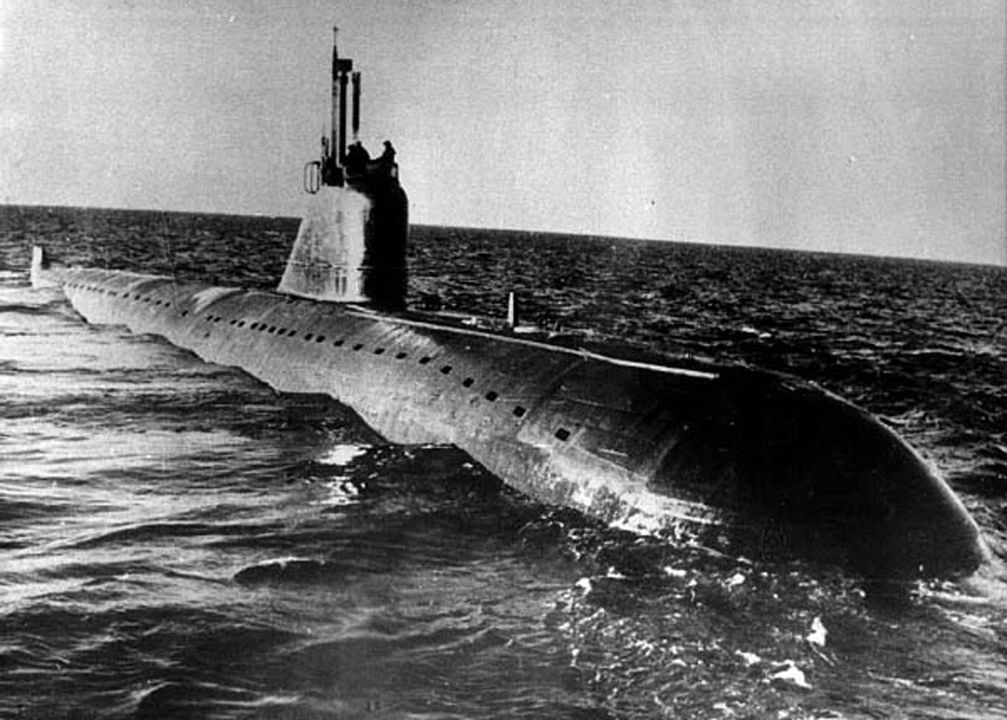The Soviet Sub They Called “Hiroshima”

When the Americans launched the Atomic Powered USS Nautilus, they more or less made every single submarine in the world obsolete. As it was faster, quieter and could dive deeper than anything else that existed. This included the Submarines of the Soviet Navy, whose leaders were a bit miffed and very much worried about being left behind in the arms race.
Development of the Soviet Nuclear Submarine
As a result, they dove head first into developing their first nuclear-powered submarine, resulting in the creation of the Projekt-658 (Hotel-1) class of submarines, the first of which was the K-19. While the Americans had taken their time to learn and develop a practical and safe nuclear reactor for their subs, the Soviets went full “AHHHHH, MOTHERLAND!” and rushed their program to keep up with their capitalist rivals. Because working with deadly nuclear materials, rushing said project could work out so well. This was the case with K-19… The Widow Maker.
Long story short, K-19 began to earn a “glowing” reputation of being a literal death trap. On her first voyage in 1961, K-19 suffered a complete loss of coolant to one of its two reactors. A backup system that was supposed to be installed, wasn’t installed and as a result, the crew was forced to create a makeshift system to prevent a total meltdown. Though successful, 22 men would end up dying in less than 2 years due to radiation exposure. It also didn’t help that during its construction, 7 people died in accidents. Having a body count even before commissioning is always a good sign, right??? And having the bottle failing to break during a launch is also a good omen too, right??

K-19’s Troubled Operational History
Despite being the USSR’s first nuclear submarine, K-19 was anything but celebrated, and incidents and meltdowns would continue to plague the vessel throughout its service life. This due to a combination of poor build quality, inexperienced crews, and just plain bad luck. The incident that took place in 1961 was the reason she was nicknamed “Hiroshima” by Soviet Sailors, as the shipyard she was being repaired at ended up being contaminated with radiation.
Another notable incident took place on 15 November 1969, when K-19 collided with the attack submarine USS Gato in the Barents Sea. K-19 got the worst of it and was forced to return to port for major repairs. The Gato didn’t really take any real damage and continued on with its patrol.
The End of K-19’s Service
For some reason, K-19 continued to serve with the Soviet Navy until 1990 and was eventually scrapped in 2006/7. One of the former crew wanted to use a section of the submarine, with the intent of “Turning it into a Moscow-based meeting place to build links between submarine veterans from Russia and other countries.”
Yeah… The survivors were not too keen on that idea. ~NC









